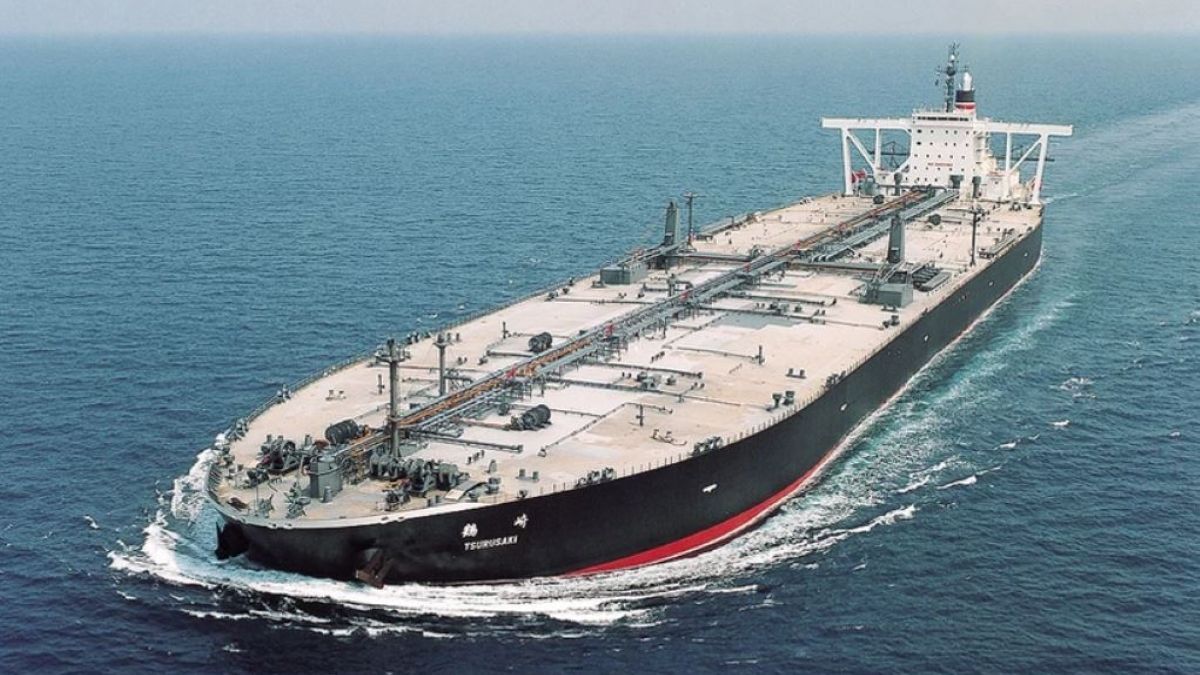Tanker sale and purchase activity since is some of the highest seen in years
Clarksons Research Services (CRS) analyst Sarah Holden reports more than 390 tankers have changed hands so far in 2022. This is equivalent to 38M dwt – nearly 10% of the fleets – in line to reach or surpass 2021 levels.
To put this in context, between 2011 and 2020, the average sale and purchase turnover of the tanker fleet was 5.4%.
Market sentiment is a key driver of the sale and purchase (S&P) market – if buyers and sellers agree about the future prospects for tanker earnings, then sales slow to a trickle. But if earnings are rising, the difference of opinion drives the sale and purchase market with buyers believing they are purchasing a bargain ahead of a firming market.
The tanker freight market has been firmer of late, with VLCC earnings recovering from negative earnings throughout a large part of 2022 – CRS 2022 annual average for 2022 is only US$1,100 per day – to a respectable US$44,600 per day. The average earnings for the top-tier eco engine, scrubber-fitted VLCC is now US$22,300 per day.
These levels are likely to climb even higher during SMM week, with brokers reporting a shortfall in open (available to work) VLCCs in the Middle East Gulf during that period.
The revival in earnings had a positive impact on values. CRS reported five-year-old VLCC prices have risen from an average of US$70M in 2021 to around US$84M for August 2022.
Will this drive on sale and purchase activity in the VLCC sector? Possibly not. In 2021, 102 VLCCs changed owners, the highest level of activity since 2010 (sourced from VesselsValue data). So far in 2022, the S&P activity in the VLCC sector has been lower – 65 have changed owners, which is still high, but on an annualised basis will result in around 90 sales or roughly that of 2020.
One of the VLCCs sold between July and August 2022 resulted in an interesting explanation from the seller as to why the sale occurred. DHT announced it had entered into agreement to sell DHT Edelweiss, a 2008-built VLCC for US$37M as the vessel was not fitted with an exhaust gas cleaning system and was due for its third special survey. In addition, a ballast water treatment system is to be retrofit installed in Q1 2023.
This near-term requirement for a drydocking or special survey was a key feature of the VLCCs sold in July and August 2022. Six of the 10 VLCCs on the sold list will need to leave the fleet and suffer a loss of earnings while undertaking an expensive drydocking.






